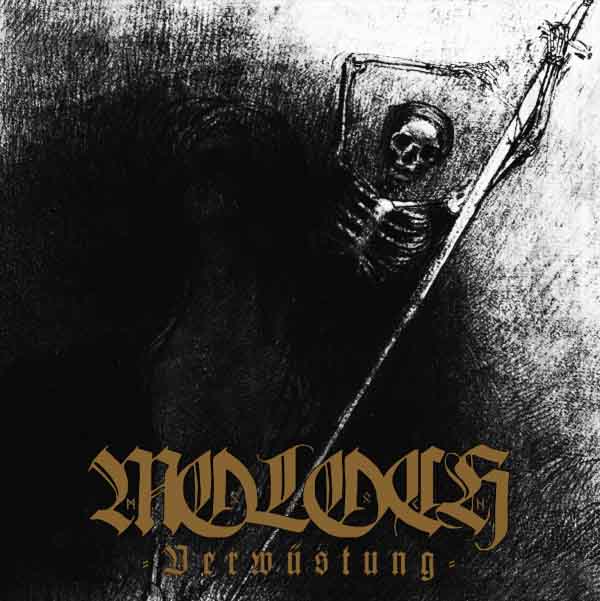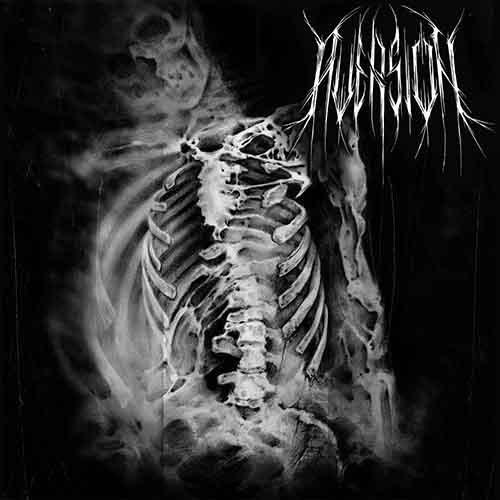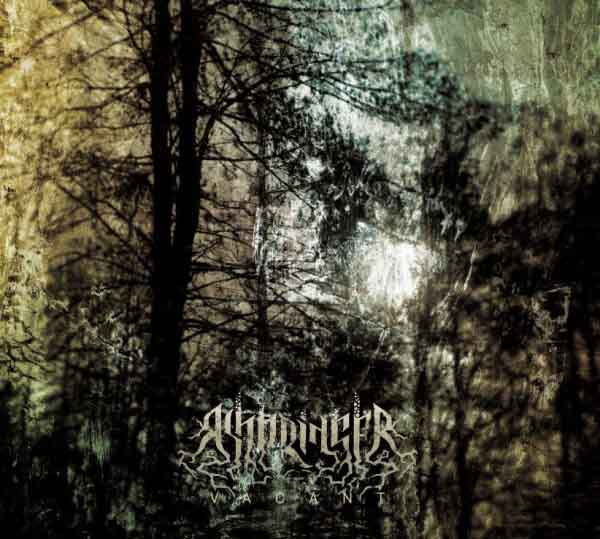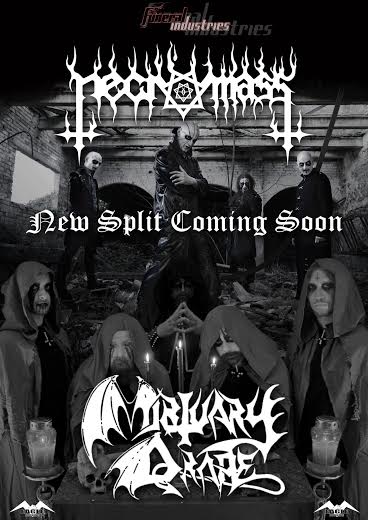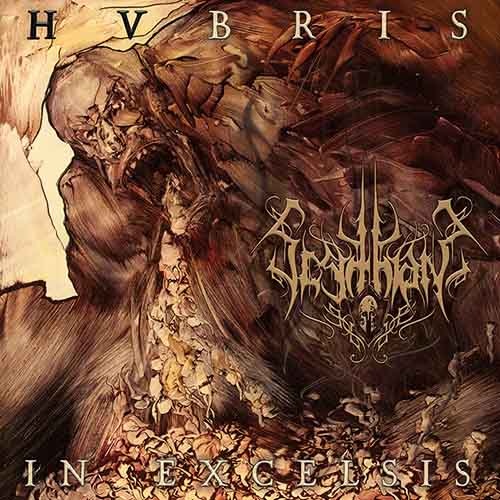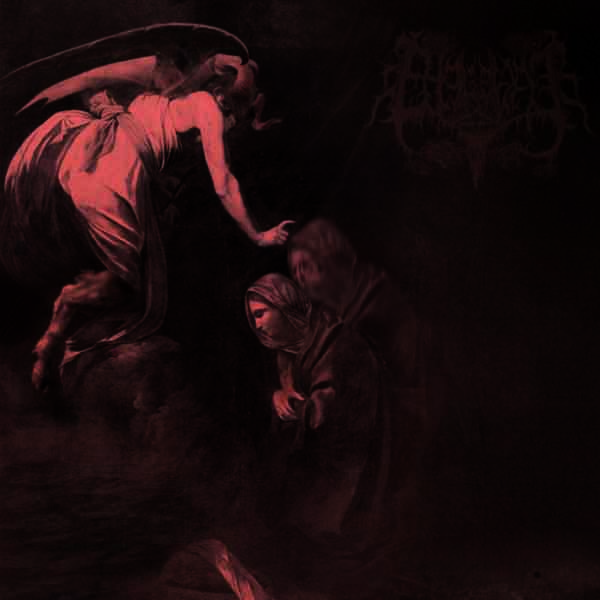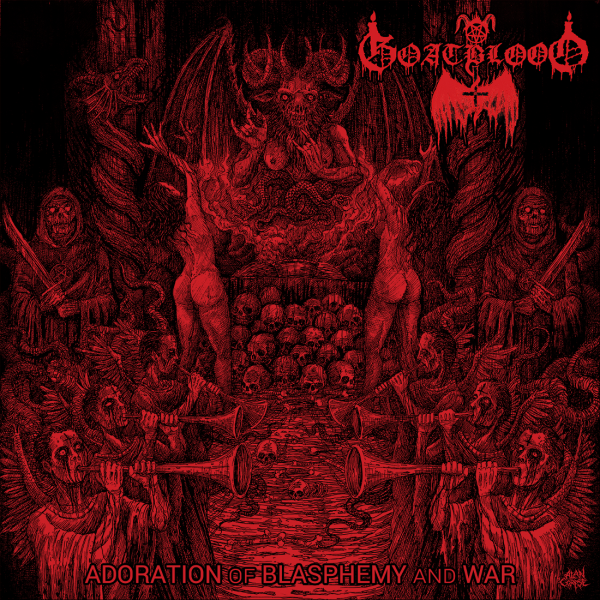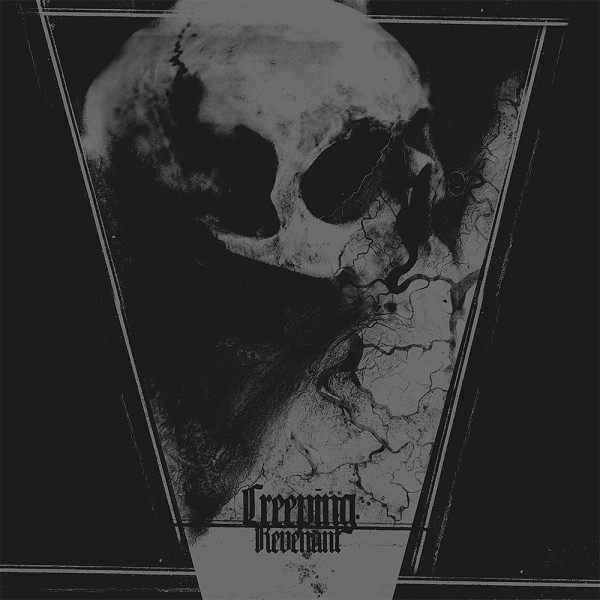
Despite claims to being some sort of doom death with black metal influences, Creeping’s music is a progressive sort of rock music with little trace of the influence of metal apart from the most superficial traits. These traits can be briefly summarized in distorted guitars and vox, and rock and metal drum techniques. Creeping’s music in Revenant could be described as being through-composed with a minimalist touch to them. Once you remove this from sight and you look through them, it is evident this is not metal music. In general, their work here displays a very keen sense on smooth transitions and mood-capturing that only the most sensitive musicians are able to put together. What Creeping seems to be at a loss for is an organizing agent that condensates these living shapes into meaningful statements with heads and tails or at least a direction. As it stands, Revenant is only a sequence of related vague feelings without enough organization to convey a concrete meaning — a direct consequence of both being mostly empty of musical formations and missing the point that music and art in general are communication.
The most revealing moment when listening to Creeping is when one reaches the ending of a song and everything is put into perspective. Endings are reached uneventfully. They simply just end. The finishing sections as a group are indistinguishable from those at the beginning. In fact, they could be interchanged and it would make little difference as they do not carry any connotation. Not only are true endings missing but what we would physically try to locate as development sections of any sort (not necessarily Beethovenian) are also flat-out indistinguishable from sections at the beginning or ending. The clue here is not to look at the sections or groups of sections themselves only but also in relation to one another. How is the idea carried forward? What changed from this moment to two minutes in the future? How and why is the idea left behind towards the end? Is the idea actually changed towards the end? There is no answer to this questions in the context of this album, because none of that seems to ever have been in the mind of Creeping when writing these songs. Each section is a progression of chords with “powerful” drum beats. They took care that adjacent sections were related in character and texture (all the album uses the same texture and album) but nothing else. The album is a homogeneous creeping mass sliding down a hill like lava from an erupting mountain. It is an event, it is motion, but it is without life or purpose.
Creeping’s Revenant is one of those albums that will carry the flag of the mainstream in their incursions to try and conquer the underground by taking a depressive-sounding rock outfit and trying to make it look and sound like a convincing metal act. The fastest and most obvious way of doing this is by copying the traits that help identify underground metal through its superficial appearances. This is the second issue we take this album: that of pretending to be metal. Somewhat resembling post-metal, Creeping distinguishes itself from metal music in that it builds its music following chord progressions mainly, not phrases. What tells us that Creeping is rock music and not post-metal, though, is that it constantly follows actually-moving chord circles, effectively creating movement through that most basic device in Western music derived from the Common Practice Period classical music. Post-metal, on the other hand tends to stagnate in one harmony and try to play it in many different ways and with different decorations, usually ceding the task of promoting movement in the music solely to the drums. While there are parts where a melody can be heard, this is often just a decoration for an implied chord progression. The music in Creeping’s Revenant is utterly dependent on them, something underground metal distinguished itself from through years of rethinking itself and distancing itself from rock music in order to attain greater power of expression.
Given the way the songs in Revenant evolve and the atmosphere they seem to want to evoke in part as per the claims made that this band’s music adds a hint of black metal to their music, a comparison to Burzum’s Hvis Lyset Tar Oss is appropriate in order to dispel the former’s false claims and to put into perspective their more limited ability for communication. Creeping’s work and procedures have been described in some detail earlier here, so let’s proceed to take a look at Burzum. At a glance, there are many similarities between both. Songs in Hvis Lyset Tar Oss emphasize a smoothness of transition between sections whose borders are blurred out, except when there are major breaks in the music. Texture also consists of drums that change slightly independently of the rest of the music while still working with it, a strong bass, chord-strumming guitar and a rasping/growling vocal. Burzum’s music is further clarified by the use of a synth and another guitar that may outline melodies, phrases and themes. And themes are the key to Burzum’s music in this period (or any other, for that matter…). The discerning listener will notice that chords and progressions in the Norwegian’s music are only harmonic filling-outs of motifs in the bass line, oftentimes enhanced by a slight deviation in the soprano line. Chords are subsumed under motifs. Songs are defined by themes. In addition to that, and addressing the issue of whole-song structure and purpose, the first three songs in Burzum’s album do the same thing with visibly different approaches: present an idea, condense it into a solid and clear expression, introduce development, extend and come to an affirming closing idea smoothed through repetition rather than asserted in vainglorious expression typical of traditional metal. As a whole, and as a reflection of a cosmos that is contained in its smallest particles, Hvis Lyset Tar Oss follows that same pattern as an album. From its slowly building opening track, “Det Som Engang Var” to the more menacing and alienating expressions of the title track and the first half of “Inn in Slottet Fra Drømmen” which marks the climax of the album in frenetic expression only to dissipate into its second half, leading to the crystal-clear conclusion that is the ambient track, “Tomhet”.
In conclusion, Revenant ends up sounding like the indecipherable ramblings of an illuminated idiot. You can hear that there is, perhaps, a wisdom behind the sequence of misty phrases and bursts of adjective-noun pairs blurted out as if in poetic rapture, but there is not enough involvement of a conscience to even start to make sense of these. This is an album for the moment-oriented, people with short attention spans looking for prolonged sequences of singular atmospheric pictures, fans of masturbatory emotional neediness looking only for a cold shower of pleasure with no significance.
No CommentsTags: 2015, Black Metal, burzum, Creeping, death metal, deception, false, Hvis Lyset Tar Oss, lies, mainstream, post-metal, post-rock, progressive, Revenant, rock music
